Last Updated on December 12, 2020 by PixelPluck
There are many different types of digital cameras. The major difference between all the digital cameras is their sensor which is responsible for sensing light coming in through the lens. In this article, you will understand the difference between a Full Frame vs Crop Sensor Camera.
Contents
What is a Camera Sensor?
A camera sensor is a mechanical hardware inside a digital camera that senses the information with the light coming in through the lens. This means that a large sensor size will process a greater amount of light while giving more detailed information to the camera. More information on the sensor translates to better photo quality. The size of the sensor inside the camera determines the field of view, image size, depth of field, resolution, low-light performance, a camera’s physical size, and color depth.
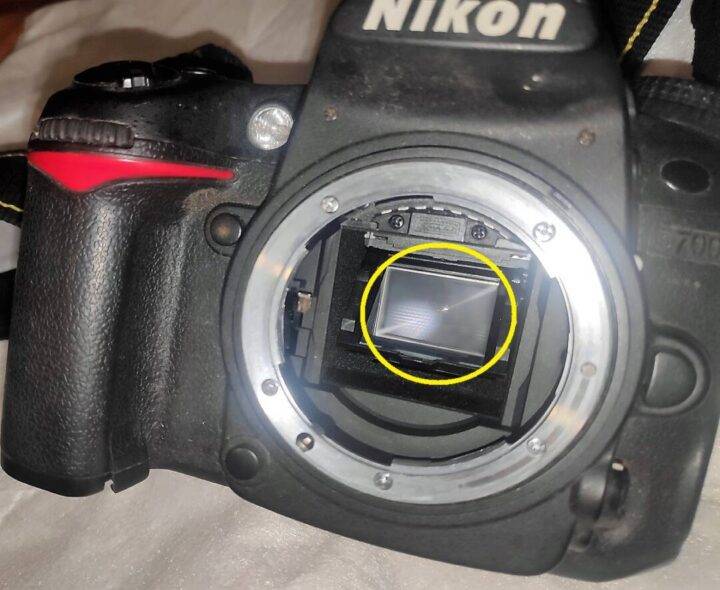
Film vs Digital Sensor
In the older days when film cameras were used, there used to be negative film rolls inside the camera. This film when exposed to light through the lens would create a negative of the image as seen through the lens. This negative was later developed into a positive which used to be an actual photograph. Modern digital cameras have entirely replaced the physical film rolls. The modern component of a camera which replaced the film rolls is called the camera ‘Sensor’. These digital sensor acts just like film rolls except for they can be used as long as it’s in working condition.
Sensor Size Comparison
The size of the camera sensor directly affects the quality of the photographs. When it comes to sensor sizes, the two terms used to classify them are “full-frame” and “crop sensor”. There is a difference in sensor size inside a Full-frame vs a Crop Sensor Camera. The term “full frame” refers to a sensor size that has the same dimensions as the 35mm film format. A crop sensor camera means that the size of the sensor is smaller than 35mm. In medium format cameras, the size of the sensor is larger than 35mm. Check the image below for a comparative idea of sensor size in different cameras.
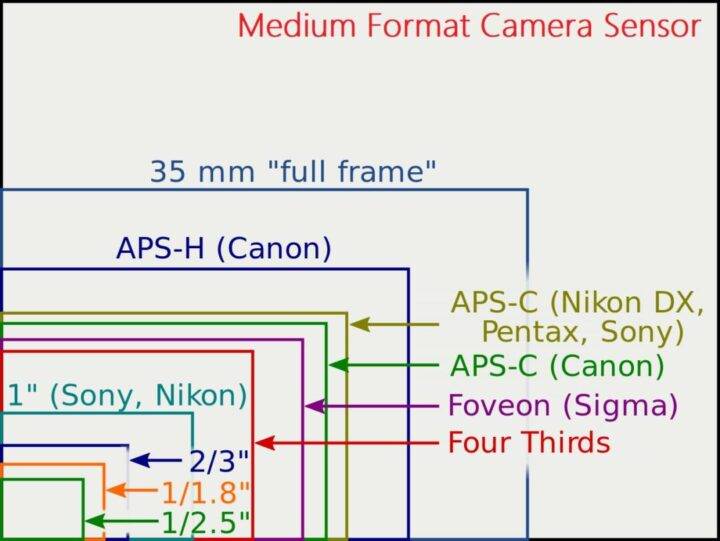
Why is the 35mm format considered to be the standard or a “full-frame”?
The 35mm film format has been the standard in film gauge since 1909 due to its balance in cost and image quality and has stuck ever since. Many modern cameras boast a sensor larger than 35mm.
Camera phones and other smaller compact cameras use sensor sizes in the range of ~1/4″ to 2/3″. Medium format and larger sensors exist, however, these are far less common and currently prohibitively expensive eg. Hasselblad and Phase One. The medium format cameras will thus not be addressed here specifically, but the same principles still apply.
A comparative image with sensors inside a full frame vs crop sensor camera is shown below:
So which sensor type is the best fit for photography? Let’s find out.
Effect of Sensor Size on Photography
The size of the sensor affects both the focal length and field of view. Focal length measurements on lenses are based on the 35mm standard. If you are using a crop sensor camera, the sensor is cropping out the edges of the frame. This effectively increases the focal length. The difference in the field of view or focal length with a crop sensor is measured by its “Multiplier.” For example, a Nikon APS-C crop sensor has a 1.5x multiplier.
When a Nikon 50mm f/1.4 lens is attached to that Nikon DSLR, the focal length is multiplied by 1.5x and effectively acts like a 75mm lens on a full frame DSLR. Basically, photos on a crop sensor camera are more zoomed in than the focal length you read on the lens.
Full Frame or Crop Sensor – Which is Better?
There are several advantages and disadvantages to each sensor size. We are going to give you the most practical and general information. Specialized crop sensor lenses that are cheaper can not be used (would leave heavy vignetting at corners) on a Full frame camera while full-frame specialized lenses can be used on a crop sensor camera. Full frame specialized lenses are expensive compared to crop sensor lenses. For Nikon, Full frame lenses are marked as FX while crop sensor lenses are marked as DX.
Full Frame Advantages
Full frame sensor provides a broader dynamic range, better low light, high ISO performance. This means a higher quality image than a crop sensor. Full frame sensors are also preferred when it comes to architectural and landscape photography due to having a wider angle for the same lens compared to that lens on a crop sensor camera.
A full-frame DSLR will have a shallower depth of field than a crop sensor DSLR, which translates to silkier bokeh. When shooting at the same effective focal length, using the same aperture settings, and shooting from the same angle/distance to the subject, the full-frame camera will have a shallower depth of field ( better bokeh) than the crop sensor camera.
Smooth bokeh in the full-frame camera is because the larger the sensor, the longer the focal length of the lens needs to be to capture the same field of view. For example, on a Canon 5D Mark IV using a Canon 50mm f/1.4
lens gives the equivalent focal length or field of view as using a 31mm lens on a Canon 7D since it has a 1.6 crop multiplier (31mm x 1.6 = 50mm). A 31mm lens doesn’t exist, but you get the idea. The larger the sensor, the longer the focal length required to create the same field of view, hence a shallower depth of field is created due to the additional focal length.
Crop Sensor Advantages
While a crop sensor camera doesn’t provide the same level of image quality as a full-frame camera, it does offer major advantages when it comes to cost. Crop sensor cameras come at fraction of the price of a full-frame. It is highly effective for telephoto photography for the extra reach gained from the crop sensor multiplier. For example, a crop sensor camera can be very useful when shooting sports, wildlife, and a similar situation where the subject is far from the camera.
This is simply a benefit but doesn’t mean that you should use a crop sensor DSLR when shooting these types of photography. This is going to depend on your intended use, budget, and so forth. For those on a budget (which I think is most of us), the additional focal length and low cost of the DSLR are great advantages. But, for a professional, you will still get the best overall quality by having a full-frame DSLR paired with a longer telephoto lens. Mind you the telephoto lens is very expensive.
A crop sensor is affordable compared to a full-frame. This is because manufacturing a full frame sensor is far more expensive and can cost over 10x that of a crop frame sensor. Sensors are the most expensive component inside a camera body.
Camera Recommendation:
Top recommended crop sensor DSLR: Nikon D7500 and Canon EOS 7D
Top recommended full frame DSLR: Nikon D850 and Canon EOS 5D
Check Price with Updated Discounts
Conclusion – Full Frame vs Crop Sensor Camera
A full frame DSLR and a crop sensor DSLR have their own merits and demerits. While a full frame DSLR provides better overall quality, a crop sensor DSLR is a more affordable option. It is important to factor in the price of the lens along with the camera body. Decide the best option in your budget.
Read everything about Mirrorless Cameras: Mirrorless vs DSLR- All you need to know
Which one do you use? Let us know in comments below.
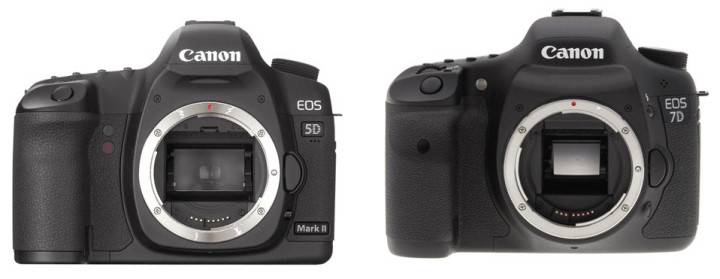
 Canon 5D Mark III with 35mm full frame sensor vs Canon 7D with crop sensor
Canon 5D Mark III with 35mm full frame sensor vs Canon 7D with crop sensor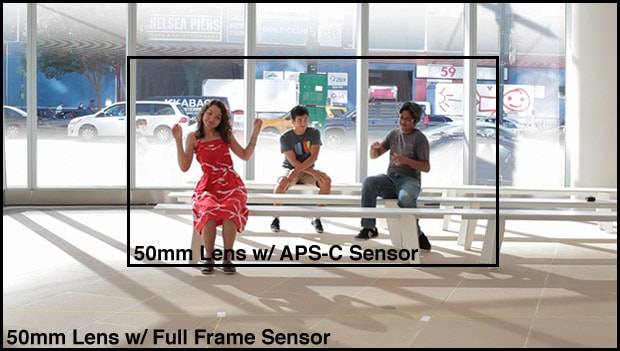
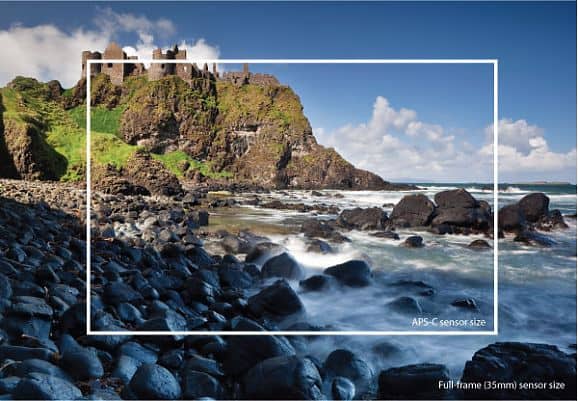
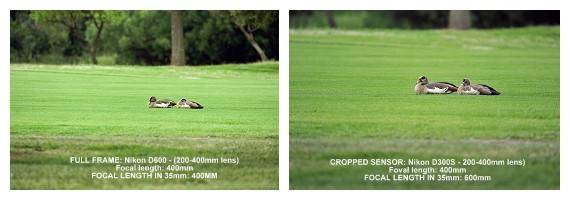
“Thanks for this useful information…..your photography tips and trics are very useful….i like your posts….now looking farward to learn more from you…..Big Thanks…..”